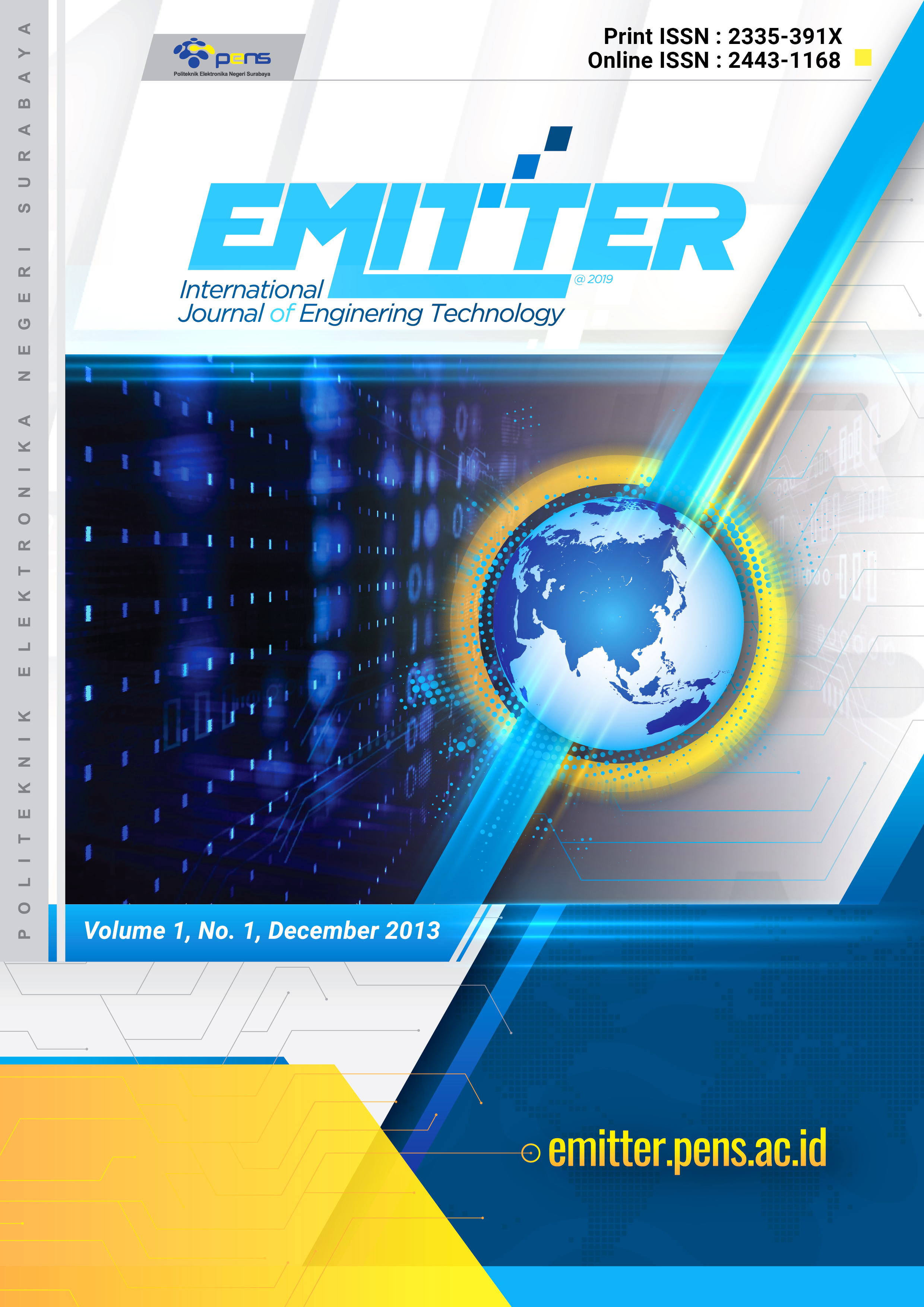Smart I’rab: Smart Aplicasion for Arabic Grammar Learning
Abstract
Arabic grammar, known as nahwu, is necessary to comprehend the Holy Qur’an that is completely written in Arabic. However, many people get trouble to study this skill because there are various kinds of word formation and sentences that may be created from a single verb, noun, adjective, subject, predicate, object, adverb or another formation. This research proposes a new approach to identify the position and word function in Arabic sentence. The approach creates smart process that employs Natural Language Processing (NLP) and expert system with modeling based on knowledge and inference engine in determining the word position. The knowledge base determines the part of speech while the inference engine shows the word function in the sentence. On processing, the system uses 82 templates consisting of 34 verb templates, 34 subject pronouns, 14 pronouns for object or possessive word. All the templates are in the form of char array for harakat (vowel) and letters which become the comparators for determining the part of speech from input word sentence. Output from the system is an i’rab (the explanation of word function in sentence) written in Arabic. The system has been tested for 159 times to examine word and sentence. The examination for word that is done 117 times has not made any error except for the word that is really like another word. While the detection for word function in sentence that is done 42 times experiment, there is no error too. An error happens when the part of speech from the word being examined is not included in the system yet, influencing the following word function detection.
Keywords: I’rab, Arabic grammar, NLP, expert system, knowledge base, inference engine
Downloads
References
H. M. Harmain, H. El Khatib, A, Lakas, Arabic Text Mining, IADIS International Conference Applied Computing, 2004.
M. Elkourdi, A.Bensaid, T. Rachidi, Automatic Arabic Document Categorization Based on the Naïve Bayes Algorithm, School of Science & Engineering Alakhawayn University, 2004.
M. A. El Halees,Arabic Text Classification Using Maximum Entropy, The Islamic University Journal, Vol. 15, No.1, pp. 157-167, 2007.
Khairul Umam, Abu Abdin Nafi’, Terjemahan Matan al Ajrumiyah, Sinar Baru Algensindo, Bandung, 2010.
Ali Ridho Barakbah, Natural Language Processing, Lecture Notes, Departments of Information and Computer Engineering, Eelctronic Engineering Polytechnic Institute of Surabaya.
Ali RidhoBarakbah, Expert System, Lecture Notes, Departments ofInformation and Computer Engineering, Eelctronic Engineering Polytechnic Institute of Surabaya.
The copyright to this article is transferred to Politeknik Elektronika Negeri Surabaya(PENS) if and when the article is accepted for publication. The undersigned hereby transfers any and all rights in and to the paper including without limitation all copyrights to PENS. The undersigned hereby represents and warrants that the paper is original and that he/she is the author of the paper, except for material that is clearly identified as to its original source, with permission notices from the copyright owners where required. The undersigned represents that he/she has the power and authority to make and execute this assignment. The copyright transfer form can be downloaded here .
The corresponding author signs for and accepts responsibility for releasing this material on behalf of any and all co-authors. This agreement is to be signed by at least one of the authors who have obtained the assent of the co-author(s) where applicable. After submission of this agreement signed by the corresponding author, changes of authorship or in the order of the authors listed will not be accepted.
Retained Rights/Terms and Conditions
- Authors retain all proprietary rights in any process, procedure, or article of manufacture described in the Work.
- Authors may reproduce or authorize others to reproduce the work or derivative works for the author’s personal use or company use, provided that the source and the copyright notice of Politeknik Elektronika Negeri Surabaya (PENS) publisher are indicated.
- Authors are allowed to use and reuse their articles under the same CC-BY-NC-SA license as third parties.
- Third-parties are allowed to share and adapt the publication work for all non-commercial purposes and if they remix, transform, or build upon the material, they must distribute under the same license as the original.
Plagiarism Check
To avoid plagiarism activities, the manuscript will be checked twice by the Editorial Board of the EMITTER International Journal of Engineering Technology (EMITTER Journal) using iThenticate Plagiarism Checker and the CrossCheck plagiarism screening service. The similarity score of a manuscript has should be less than 25%. The manuscript that plagiarizes another author’s work or author's own will be rejected by EMITTER Journal.
Authors are expected to comply with EMITTER Journal's plagiarism rules by downloading and signing the plagiarism declaration form here and resubmitting the form, along with the copyright transfer form via online submission.



